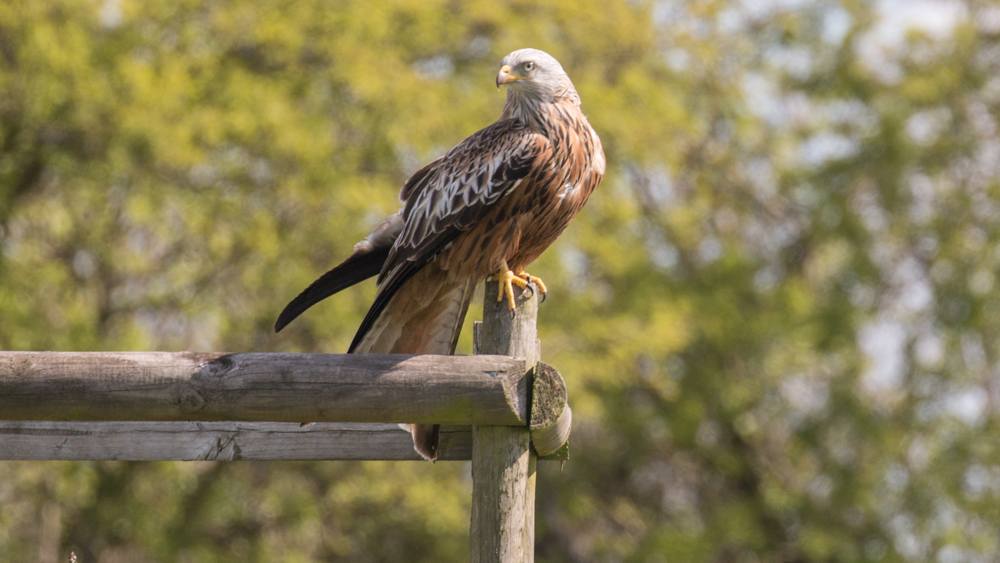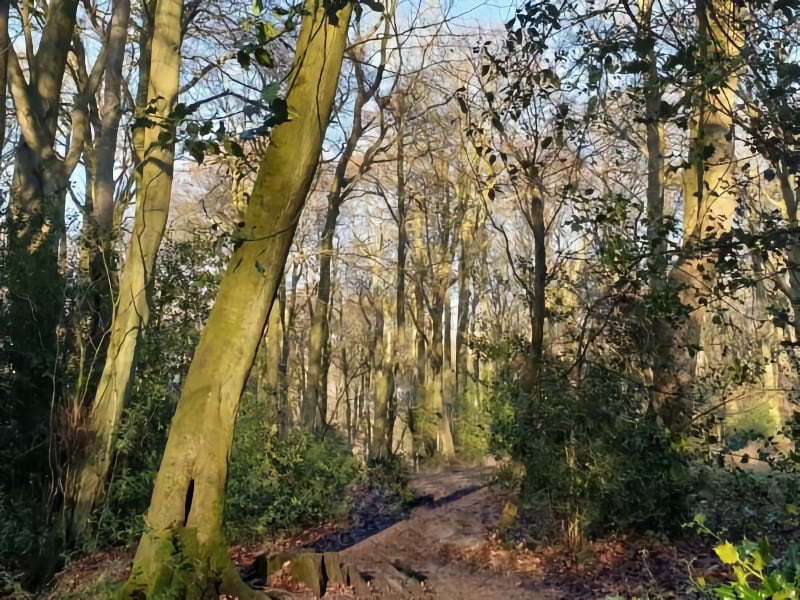Walk Details
Watlington Hill boasts fine views over the Oxfordshire Plain to the north and west. To the south, you’ll see beech and ash woodland that cloaks the slopes of the nearby hills. It is well known for the triangular, chalk, ‘white mark’ which can be seen for miles around.
This unusual feature was carved into the hill in 1764. Along with the neighbouring Pyrton Hill, Watlington Hill is part of a larger Site of Special Scientific Interest (SSSI).
The hill has top quality chalk grassland that is heavily rabbit grazed, giving the turf a ‘golf course’ like appearance over much of its slopes. Up to 25 species of butterflies can be found here, including chalkhill blues, silver spotted skipper, brimstone, small tortoiseshell and dark-green fritillary. It is also rich in downland flora, of which rock rose, yellow wort, eyebright and twayblade are just a few.
The hill is one of the best sites in the Chilterns for viewing red kites. Look carefully and you may see buzzards soaring amongst them and if you’re really lucky, maybe a raven or two.
Watlington Hill was donated to the National Trust by the Esher family in the 1940s. Most of the National Trust site at Watlington Hill forms part of the Watlington Hill and Pyrton Hills SSSI (Site of Special Scientific Interest).
 Nearest Train (or tube) Station(s):
Nearest Train (or tube) Station(s):
Oxford
Local Information
Read the Countryside Code before venturing out
Make sure to take a map and compass, and know how to use them before going into our National Parks #BeAdventureSmart
Tips for New Walkers: click here to download (PDF).
Remember to prepare properly before heading out on any type of walk or outdoor activity. Tell people where you are going and what time you are expected back. As Wainwright says "There's no such thing as bad weather, only unsuitable clothing".



















